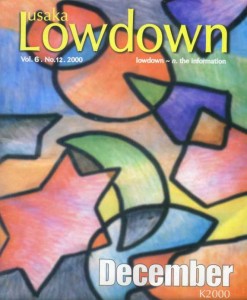 During the last month, I have been privileged to accompany engineers from the National Roads Board when they have been inspecting various works that are taking place on Zambia’s roads.
During the last month, I have been privileged to accompany engineers from the National Roads Board when they have been inspecting various works that are taking place on Zambia’s roads.
As a resident of Lusaka, you have probably been annoyed when the traffic flow has been disrupted because of a gang of workers sweeping the road surface or cutting grass on the verges. What these people are doing is keeping the drains clear of litter and other debris and making sure that there is somewhere for the water to run, because as the engineers say ‘when building roads there are only three things that matter – drainage, drainage and drainage’.
These contracts are funded by the National Roads Board, from the fuel levy, which is included in every litre of fuel that you purchase. Unlike most road contracts, payments to the contractors are based on performance during the month and each month the roads and drains are inspected to assess how much the contractor should be paid. The rationale behind putting these contracts in place was to ensure that the roads, which have recently been rehabilitated, remain in a good condition, so as to protect our investment.
During the inspection, the contractors mentioned a number of problems that they were experiencing – the public use the drains to dump their rubbish, rather than disposing of it is the proper place; many drains have been closed by people who need to cross them either by foot or in a vehicle, rather than building a culvert so that the water can drain away; and of course, the fact that Lusaka’s drainage needs a complete overhaul because many of the new areas do not have any drains at all and what drains there are, are not big enough to cope with the water after a downpour of rain.
Having been on these inspections before, there is certainly a lot of work that has been done, but there is still much that needs to be done, and especially with the imminent onset of the rains – this will be the proof of whether the contracts are going to meet their objective.
The other trip that I did was on the Great East Road, as far a Kachalola. Work on resealing the road from Luangwa Bridge to Nyimba has commenced and it is expected that it will be completed before Christmas, which will mean that the road all the way up to Mwami Border Post is in a good or fair condition (roads are graded as good, fair and poor).
Originally this road was only going to have the potholes patched, pending total reconstruction within eighteen months to two years. Instead it was decided to reseal the road completely, which should extend the life of the road by a minimum of five years, and if we are lucky, ten.
What amazed me the most was the condition of this road where work had not yet started. The road was built during the early 70’s and was one of the major transit routes for cargo to and from Malawi, via the South African seaports, throughout the civil war in Mozambique. There was extensive overloading of the trucks during this period (the Luangwa Bridge suffered major structural damage as a result of it) and since then, the overloading still continues, but the traffic volumes are lower. Normally the life of a road is twenty years, but this one is now almost thirty years old (as are most of Zambia’s trunk roads) and according to the engineers, the base of the road is still perfect in the majority of places. There are a couple of places where some reconstruction needs to take place – one example was a culvert approximately fifteen feet under the surface which had collapsed. Considering that until a few years ago, little or no maintenance was done on these roads, they must have been very well designed and built and no doubt, there has been a little bit of luck thrown into the pot as well.
Of course, there is still much work to be done on the roads, but at least progress is being made and more importantly, the roads that are being rehabilitated are being put onto a proper maintenance programme.
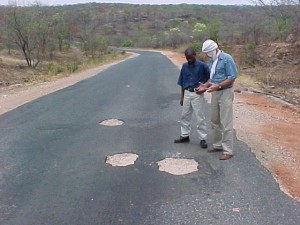
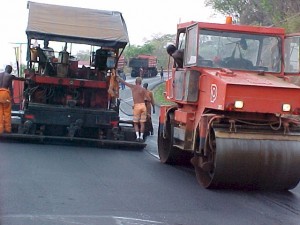
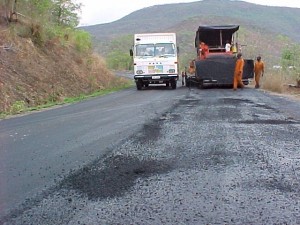
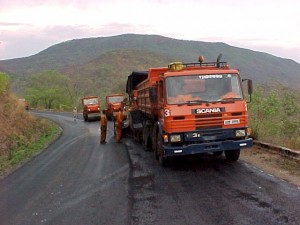
Leave a Reply
You must be logged in to post a comment.